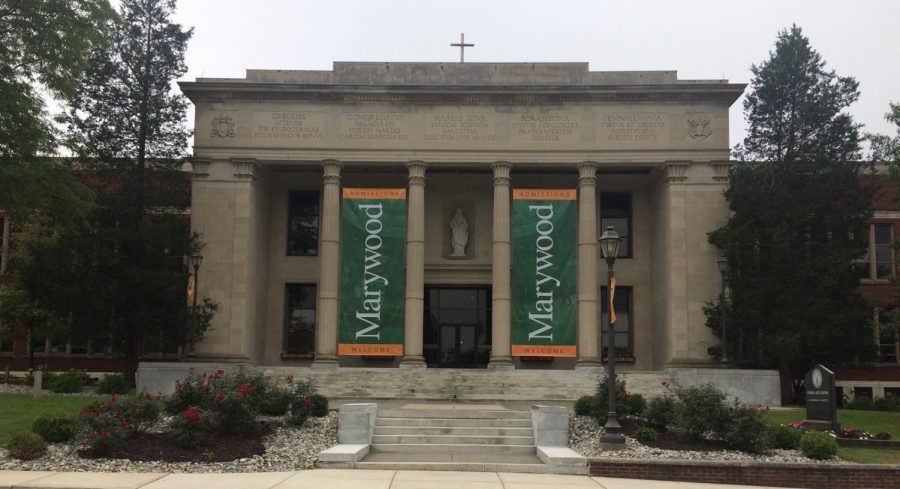Marywood’s financial health remains strong despite pandemic
Photo credit/ Briana Ryan
Marywood’s bond rating rebounded to its pre-pandemic rating in January despite challenges.
April 13, 2021
The COVID-19 pandemic has taken a financial toll on just about everything over the last year. Despite the challenge faced by colleges and universities, Marywood University kept its head above water.
The university’s bond rating, which signals the institution’s creditworthiness to investors, was at BB+ stable before the pandemic. This rating signals to investors that the university is a stable investment but does not have a high yield. Due to the expected financial toll that universities would suffer, the Standard and Poor (S&P) Global Ratings slashed ratings for more than 100 colleges and universities. As a result, Marywood’s rating dropped to BB+ negative.
Since the lowered rating was a precautionary measure to soften any financial blow the university might incur, there was the chance for it to be raised back to normal. As the stock market grew, so did Marywood’s endowment. An endowment is money that nonprofits, like Marywood, set aside for a specific purpose. Funds from the endowment were used to build the Learning Commons in 2015. In the last year, it has grown from $44.9 million to $54 million, according to Interim Vice President of Financial Affairs Pat Castellani.
“We did project a deficit for this year, but I don’t think that we’re going to have a negative bottom line,” said Castellani. “We might have a small loss from operations, but overall we will not have a loss.” Castellani said that the HyBridge learning model, which included an in-person learning component, contributed to the financial stability and overall stable environment.
Castellani highlighted efforts made by the university to increase the confidence of investors and raise the bond rating back to its previous level. The university has overhauled the backbone of the information technology (IT) system, which has sped up info delivery. The university is also in year two of a five-year plan to upgrade the university’s Wi-Fi. The introduction of the esports program and planned renovations to Nazareth Dining Hall’s front patio have helped get the university back on track.
“The university is financially strong. I think that where the university is going is in a positive direction,” said Castellani.
The university’s bond rating returned to BB+ stable in January. Part of the reason the bond rating was restored was that the university was more fortunate with enrollment than other higher education institutions. According to Assistant Provost of Student Success Paul Ballard, Marywood had only 31 fewer students this year than last year.
Ballard said the fall semester saw 18 students withdraw from enrollment, and 52 students took a leave of absence. Those numbers declined for the spring semester, with only seven students withdrawing and 33 taking a leave of absence, 19 fewer than in the fall.
“In terms of enrollment in the fall, there were only six undergraduate students fewer in terms of overall headcount,” said Vice President of Enrollment and Student Success Ann Boland-Chase. “We saw more of a decline on the graduate level; it was in part-time and international students.”
Boland-Chase said there were new ways to expand enrollment numbers, including esports programs and the new animation minor as part of a multi-year enrollment plan. The plan was made in conjunction with the offices of Academic Affairs and Marketing.
Housing and Residence Life is another factor the administration will be working on for the upcoming fall semester. Boland-Chase explained the initial plan to restrict visitations during the pandemic was to limit density in the rooms. However, Housing and Residence Life anticipates returning to pre-pandemic policies on visitation and guests in the fall.
Contact the writer: [email protected]
Twitter: @e_tww





